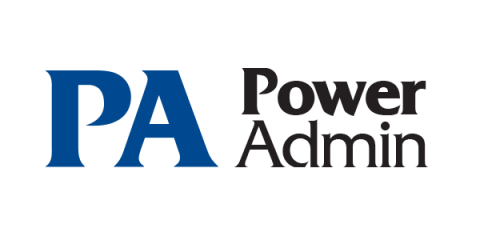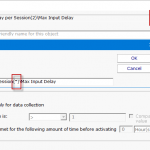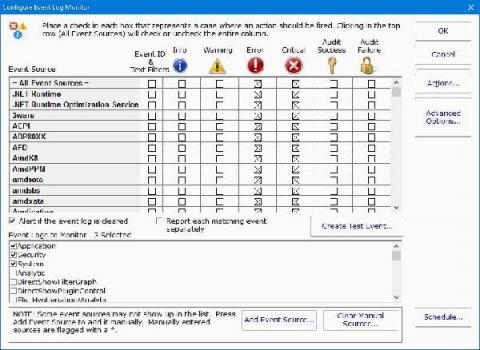Help Your IT Staff Identify Security Breaches with a Cybersecurity Training Plan
In today’s digital age, having secure data solutions is essential for improving data loss prevention. Part of this solution should also include a cybersecurity training plan for your IT staff. Many companies make the mistake of pricing the tools to help prevent data breaches but never take the time to ensure their employees are properly trained on these applications.




